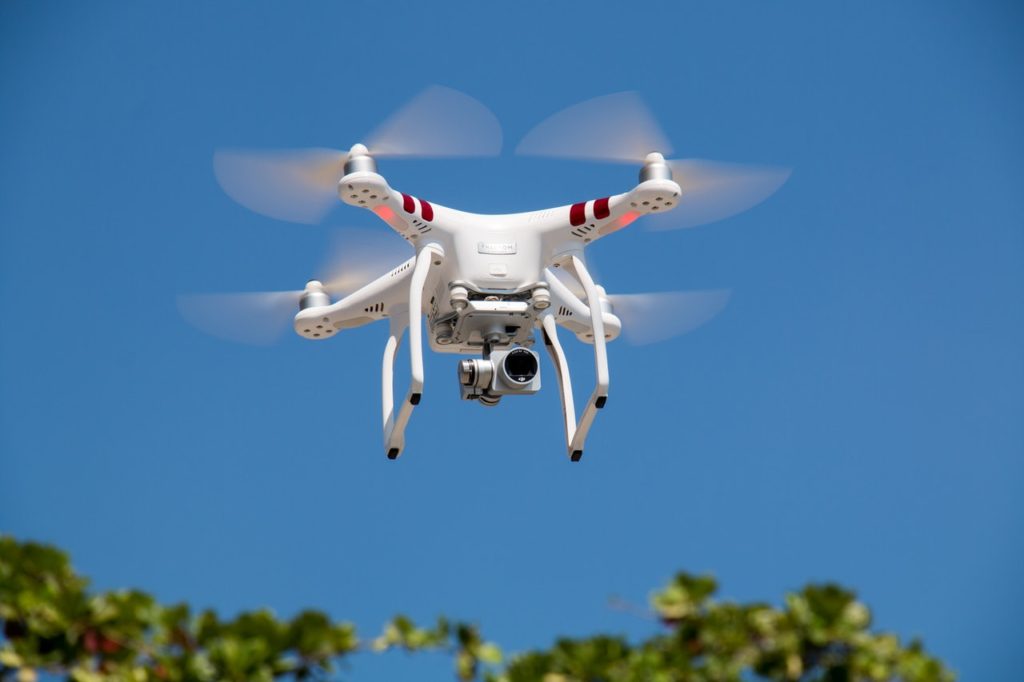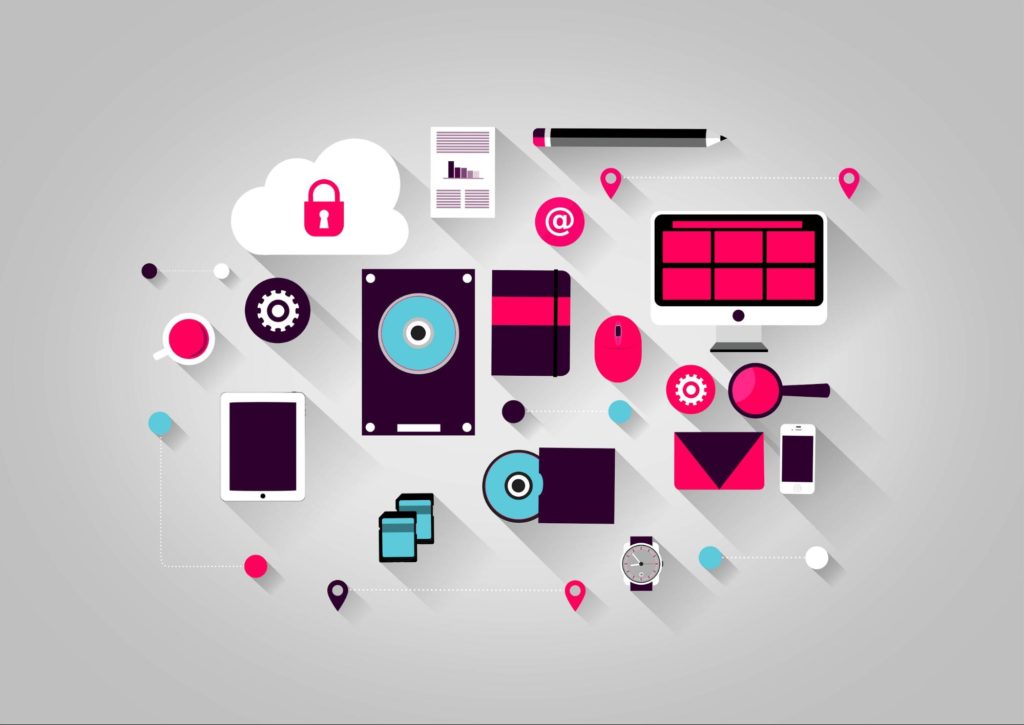
Mandy Hathaway
Because of its simplicity, this article is not meant to be the whole of your learning experience and educational links will be provided throughout so you can learn more.
Television, movies, books, everywhere you turn these days, the discussion and stories often center around Artificial Intelligence (AI). Because of the media attention and our vast imaginations, understanding what is real and what is science-fiction can be a challenge.
What is AI really like and what is fantasy, at least for now? This short series will explore that and much more. If you’ve ever wondered what AI is and how it works, then this article is for you.
This month we’re going to explore the vast range of current uses for AI.
From games and personal assistants to medical applications, let’s dive into the world of current AI. All of the devices we will explore are trained using methods similar to the machine learning we discussed in the first part of this series.
Customer Representatives
One place that almost all of us have run into AI—often without being aware of it—is when dealing with customer service. The voice recognition systems that ask you state your account number are speech recognition AI systems. When you go to a company’s website and use that “chat with a representative” feature, those are very often automated AI chat systems as well.
Virtual Personal Assistants
Another common way that people encounter more traditional conceptions of AI is through virtual personal assistants. While these assistants are not the androids of sci-fi, they more closely resemble our expectations than many other AI. Systems like Siri, Microsoft Cortana, Amazon Alexa and Google’s assistant, among many others, are designed to make our lives easier.
The personal assistants integrate with smart devices from door locks to thermostats and allow the users to change settings remotely and hands-free. They also integrate with other technology and apps. For example, you can use them to do hands-free internet searches, add things to your shopping list app or find and play music from your library or the internet. Going further, Google’s assistant is designed to handle things such as making medical appointments over the phone and then updating your calendar with the details.
These technologies will continue to expand and connect to the internet of things. The internet of things describes the vast web of devices that are now connected to the internet, from printers and television sets to refrigerators and security cameras. Some of these things use AI; some of them do not. But they are often designed to be integrated with our virtual assistants, effectively becoming part of our home AI systems.
Shopping, Manufacturing and Warehouses
AI is impacting every area of our lives but none more so than our shopping habits. Amazon, Google and other companies use AI with predictive algorithms to help determine what items to suggest when we are shopping online. By looking at a wide variety of purchase histories, they try to predict what we are most likely to buy in the future. Now, AI-assisted shopping is going offline as well.
In Seattle, San Francisco, Chicago and New York, Amazon has introduced AI-powered stores. Through the use of a web of cameras, product sensors and scanners, the store monitors its stocking levels. It also identifies when individual shoppers take an item. Shoppers simply scan an app on their phones to log into their account when they enter the store. They are then charged for the things they take with them when they leave.
Though there are currently only 21 Amazon Go stores, Amazon has said they hope to open as many as 156 more by the end of 2020.These automated stores are already catching on in Europe and Asia. According to an NBC article, 5 unnamed, US-based companies are currently using these AI technologies in their stores, so expect to see one in the not too distant future.

Business and Professional Settings
In addition to the uses we have already discussed, AI has a broad range of applications in professional and business settings. Credit card companies and banks are using AI predictions to decide who to extend credit to. A large number of companies are now using AI to help them narrow down candidates for job openings. By feeding job histories, resumes and similar documents, the system has learned how to identify candidates that are likely to be successful with the company.
AI that studies data from the stock market is being used to make predictions for investors. Some jurisdictions are employing AI algorithms to help determine the lengths of criminal sentences. From estimating and planning for road construction to determining insurance premiums, AI is finding a home in our offices and business settings as well as our homes.
Self-Driving Vehicles
No discussion of AI would be complete without discussing self-driving vehicles. In the last few years, technology has taken to the streets—literally—with self-driving cars, trucks and shuttles being introduced to streets around the world. Their systems integrate machine vision, a host of censors, predictive algorithms and control of the vehicle. While the technology is not perfect, as made evident by several high-profile car crashes, the progress has been astounding.

At the current moment, highly autonomous vehicles do best with limited repetitive routes, like shuttle or bus services. In situations where weather reduces visibility and predictions about the behaviors of other vehicles and pedestrians must be made, the technology still has a ways to go. The amount of money being invested in development and testing implies that these problems will be solved before too long.
Games
Traditional video games rely on the linear nature of storytelling to propel the game forward. Fully interactive AI games may be possible in the future. For now, the most impressive uses of AI in game development relate to world and character creation. AI can be used to create massive and complex worlds in a fraction of the time it takes human designers.

One of the most exciting new AI technologies to effect games is real-time ray tracing. While classic video games fake the effects of light on the scene, ray tracing simulates the behavior of real light. It does so by tracing the path that each ray of light would take within the scene. This requires enormous amounts of processing power and was previously only used to create CGI in movies, but thanks to Nvidia’s RTX technology, real-time rendering in games has become possible.
The use of ray tracing not only improves the way the games look, but it also enhances usability, especially when used with virtual reality simulators. In research, they found several different kinds of visual cues that we humans use to orient ourselves. Many of us, especially women, rely on something called shape from shading, which relates to the way shadows move in relation to us and our movements. For many, when the visual cues don’t match up with our expectation of reality, headaches, nausea and feelings similar to motion sickness can result. Technology such as ray tracing could possibly help create graphics that are easier and more natural for the brain to process.
Weapons and Policing
I saved two of the most controversial and groundbreaking areas of AI research for last: military/policing and medical applications.
Some of these technologies have already made headlines. Facial recognition software has been employed, sometimes in real time, by law enforcement and military. But these technologies are not confined to identifying individuals. Some jurisdictions now use AI to monitor camera feeds for body language and other physical indicators that officers take a closer look at. Many cities, like New Orleans, are testing out widespread camera systems that activate automatically when there is a 911 call within a certain radius.

Drones are becoming somewhat ubiquitous. They’re often used by hobbyists and photographers, but police departments and the military also employ them. Current military regulations require that a human being make the final call before any military action is taken or a weapon is fired.
Military projects involving AI are classified; however, it’s generally safe to assume the military’s projects are significantly more advanced than the civilian or law enforcement AI projects.
Medical and Psychology
One of the most promising aspects of AI technologies is its medical applications. Currently, medical professionals from doctors to psychiatrists are adopting technologies that allow them to conduct virtual visits and diagnosis via webcams and pictures. These diagnostic and telemedicine advancements will expand, hopefully taking some pressure and low-level diagnostic work off of overworked medical staff.

In October of last year, researcher and University of Minnesota professor Nikolaos Papanikolopoulos visited Metropolitan State University to talk about using AI to diagnose mental health conditions through video analysis. You can read about that visit here. Last month’s article about how AI works also discussed the success of AI at medical diagnostics and identifying problems in medical scans (more successful than doctors.)
In addition to all those significant advancements, researchers at the Massachusetts Institute of Technology recently trained an AI on data about the chemical structure and properties of about 2,500 known medicinal molecules. They then asked it to look for chemical compounds that may be useful to treat E. coli infections.
In just a matter of days, the AI had identified an entirely new potential antibiotic (Halicin) from a list of about 6,000 existing compounds. The drug, which was previously tested for treating diabetes, is effective at treating a wide range of bacteria, including some which are resistant to all known strains of antibiotics. The researchers are now working on testing to make the new drug available for human use.

The current COVID-19 pandemic has also motivated researchers to engage AI in the battle. AI allowed for the genome of the virus to be sequenced in about a day, giving researchers around the world access to the virus’ genetic information. Several labs around the world are also using AI to develop and test treatments and vaccines based on the virus’ genome.
Conclusion
AI is all around us these days. Even if you don’t use a computer or a smartphone, AI is deciding the interest rate on your mortgage and routing your phone call to the cable company. It is being used to design, build and ship the items you buy in the local store.
AI is not going away. If anything, the technologies will only continue to expand into more areas of our lives. Next month we’ll talk about the ethical risks and implications of some of these technologies for individuals and society, as well as what we should do now to prepare for and mitigate the risks that these advancing technologies bring with them.






